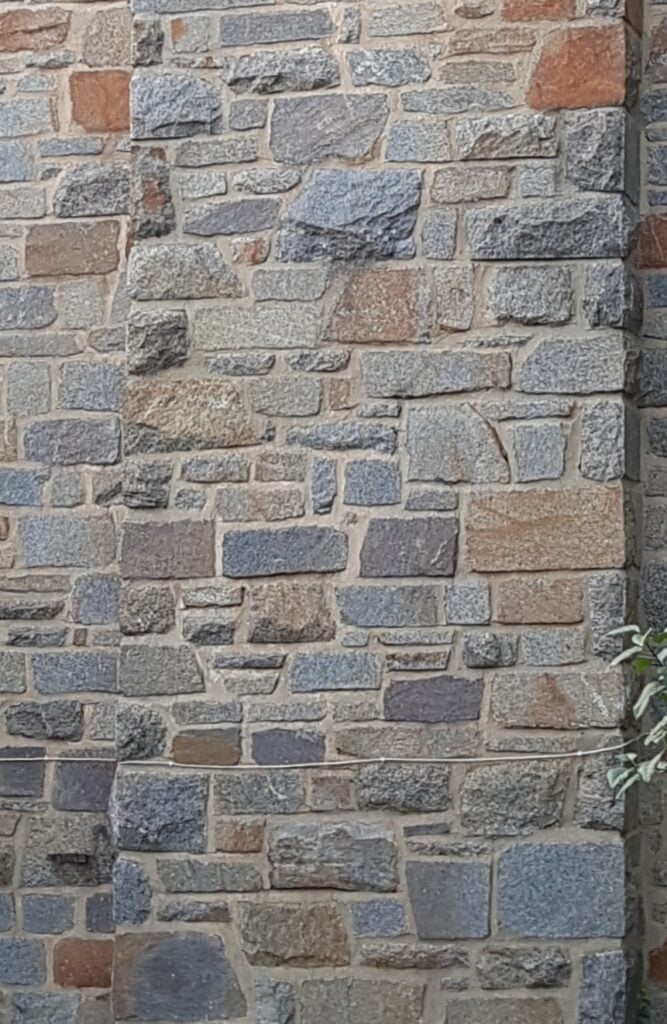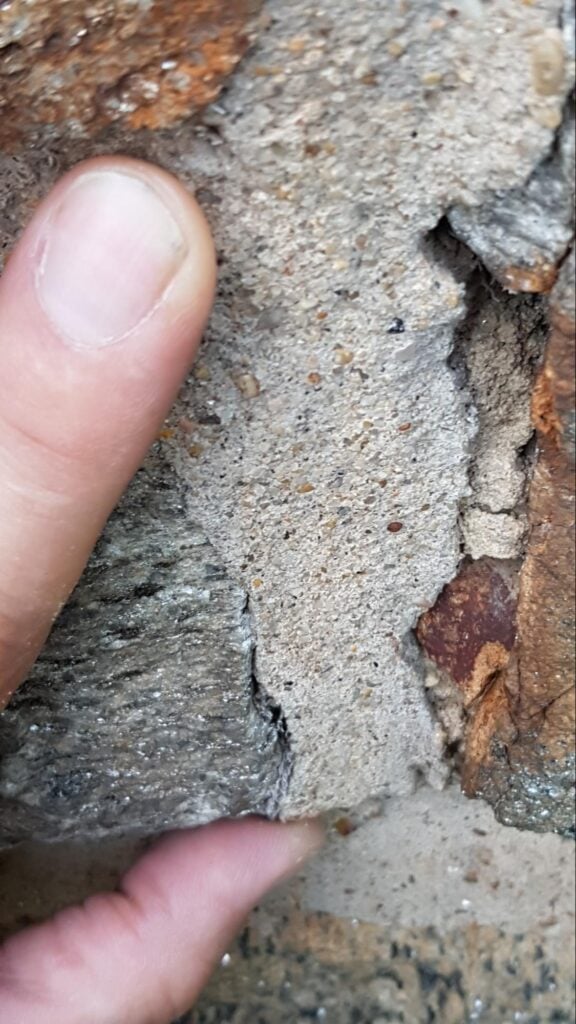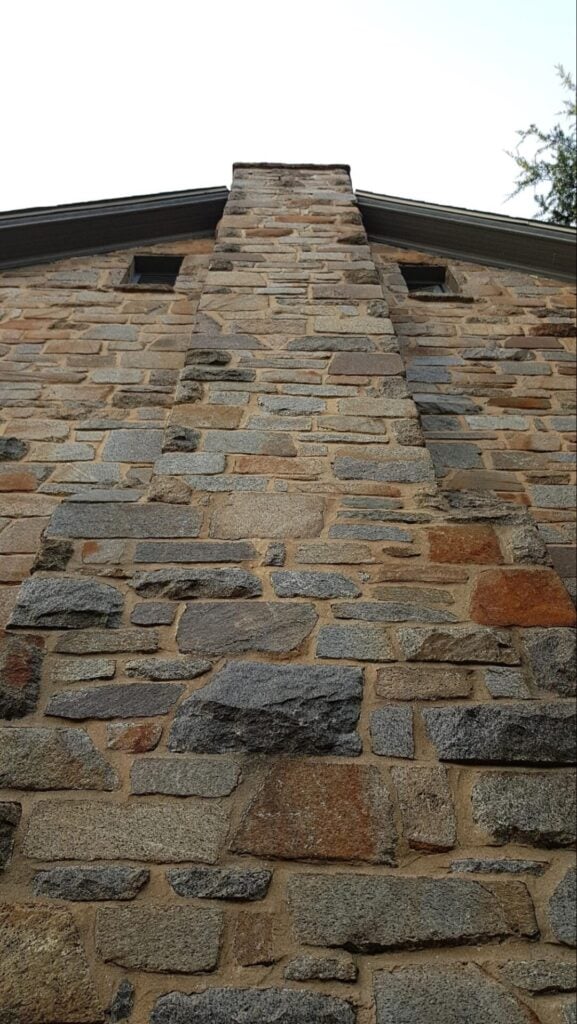How granite stone restoration works
We have discussed several different types granite stone walls in our past articles. Some of the ones that we have discussed in the past were rubble masonry, which by comparison is somewhat random in bond or layout, with almost no two stone units the same shape or size.
By comparison, ashlar stone is cut to a rectilinear form. Unlike brick masonry though, not all ashlar stone is necessarily uniform in dimensions or even ratio, yet still cut and formed to a rectangular type of shape. Brick is generally molded or extruded. Modern brick is created, generally though a plug extrusion process and then wire cut into individual units. Because of the use of modern industrial equipment, it’s possible to sift massive amounts of substrate material. The same type of sifting and separation of materials was not possible at the same speed and scale in historic times. This filtering of substrate materials leads to very consistent brick size and shape, for modern brick.
The picture below shows an example of a stone wall at a building in Washington DC, built over a 100 years ago. The wall stands 3 stories high.
Although the stone masonry is in terrific shape, the mortar joints have deteriorated and need pointing. A closer view of the existing mortar joints shows that they have been pointed before in the past. There is separation, as shown below in the photo, between the newer mortar and the older motor. The tuck pointing process involves removal of deteriorated motor within at least 1+ inches from the outer surface of the wall. The dimension of raking or removal of mortar is different between stone and brick tuck pointing or repointing.
In the next picture below, you can take an even closer mortar at the surface of the stone mortar joint. The mortar shown below reveals small aggregate, in the form of large granular sand at the surface of the mortar joint. This type of relatively coarse sand is common in stone mortars.
Overall, this particular building is one of the beautiful stone facades of Washington DC. Doings of this type need to be treated as unique and special architectural jewels. These buildings are relatively self sufficiently stable, but they do require upkeep and restoration from time to time.
Maintaining Your Building
We encourage all of our clients, and all readers of this article and to our blog in general, to prioritize the historic built environment of Washington DC and neighborhoods such as Capitol Hill, Dupont Circle, and Georgetown and become educated on on the difference between proper historic preservation versus improper work which leads to significant damage to the historic fabric of a building.
From a conservation and preservation perspective, several approaches can be taken to improve conditions related to deteriorated historic brick masonry. Primarily, lime mortar brick joints and low temperature fired soft red clay bricks should be inspected and checked on a routine maintenance schedule, either seasonally or at least annually. If brick masonry is kept in good condition, the life of embedded wood elements can be significantly extended. Hire a professional contractor which specializes, understands and appreciates historic construction elements and buildings.
You can learn a lot more on our blog. Feel free to check it out. If you have questions about the historic masonry of your building in Washington DC, fill out the webform below and drop us a line. We will be in touch if we can help.




